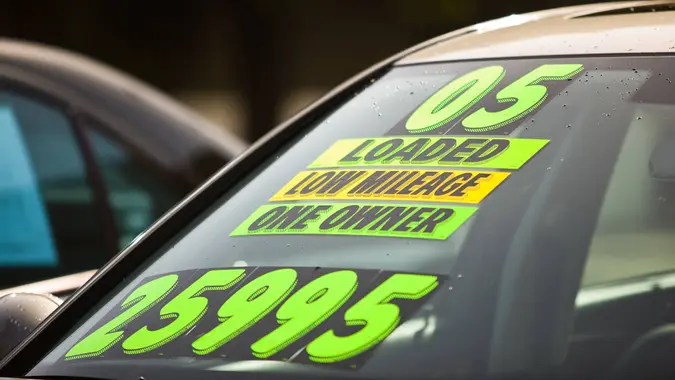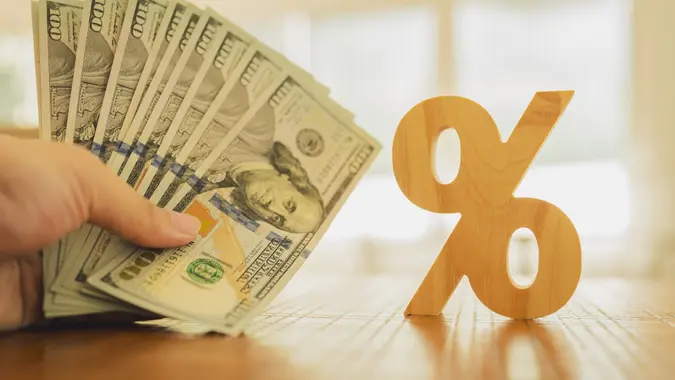4 Ways You Can Spend $20 To Save Hundreds on Your Utility Bills

Commitment to Our Readers
GOBankingRates' editorial team is committed to bringing you unbiased reviews and information. We use data-driven methodologies to evaluate financial products and services - our reviews and ratings are not influenced by advertisers. You can read more about our editorial guidelines and our products and services review methodology.

20 Years
Helping You Live Richer

Reviewed
by Experts

Trusted by
Millions of Readers
A major factor in the most recent presidential election was voter malaise concerning inflation and the pricey process of going through just about any checkout line. While the high costs of gas, groceries and retail items are outside of the average consumer’s control, there are ways folks can keep costs down elsewhere — specifically with their home utilities.
Luckily, there are ways the average American can lower their utility bills, often for under $20. GOBankingRates has compiled a few of the ways a $20 bill (or less) can actually lower your utility bills.
Air Conditioner/Heater Filters
As reported by CNET, air filters for air conditioning units and heaters catch all manner of airborne debris (pet hair, dirt, dust, etc.). When these filters go unchanged, or aren’t changed regularly, the items they normally catch can get into your HVAC system and drastically reduce efficiency.
Regularly changing your air filters (which can be found for well under $20) can reduce your unit’s energy consumption between 5% and 15%, and will lessen your utility bill.
Sealing Doors and Windows
Per Fix-It 24/7, you can make a big dent in your energy bill by making sure your home’s doors and windows are properly insulated. If your doors and windows are not properly sealed, drafts will occur, forcing you to crank up the thermostat. (Conversely, heat can get in during the summer, forcing you to lean on the air conditioning.)
A homeowner can easily caulk drafty windows for under $5 or purchase weatherstripping for doors for less than $10.
Energy-Efficient Lightbulbs and LED Lighting
InCharge Debt Solutions noted that something as simple as switching out regular lightbulbs for Energy Star-labeled energy-efficient lightbulbs saves about $55 over the lifetime of each bulb, and it will use 90% less energy.
Additionally, LED lighting can give off as much light as incandescent bulbs but also uses 90% less energy and lasts 15 times longer. Not only that, but LED lights can save you up to $225 per year.
Both Energy Star bulbs and LED lights can easily be purchased for under $20.
Faucet Aerators
InCharge also reported that adding faucet aerators (which on average cost less than $3 per aerator) to faucets will increase your water pressure and decrease the amount of water used by adding air pressure to the stream. And it could save you up to 700 gallons per year.
More From GOBankingRates
 Written by
Written by  Edited by
Edited by 

























